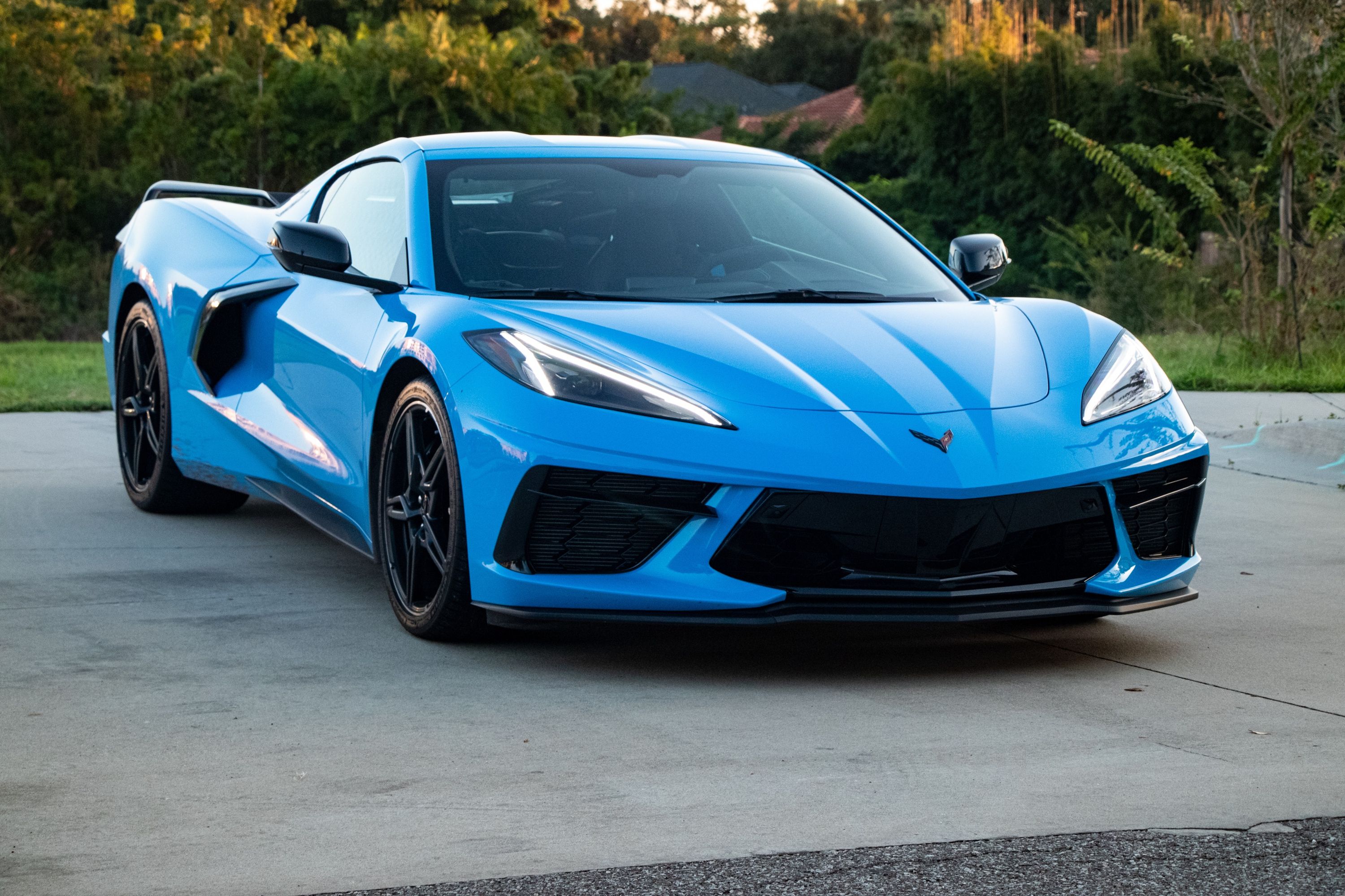
General Motors has just announced the opening of a brand new facility dedicated entirely to 3D printing, in the hopes of validating additive manufacturing technology for new uses in prototyping and production.
No, this doesn't mean that GM is going to print your next Chevrolet Traverse, but future GM vehicles could conceivably contain a few 3D-printed components, or be designed and built using more 3D-printed prototyping and tools. To speed the technology's adoption, GM's new 15,000-square-foot "Additive Industrialization Center" is equipped with a total of 24 3D printers, covering additive manufacturing technologies including selective laser sintering, selective laser melting, Multi-Jet Fusion, and fused deposition modeling. That last one is what we tend to think of when we hear the words "3D printing," relying on a computer-controlled heated nozzle laying down layer after layer of melted filament.
GM is already on the bleeding edge of the movement to incorporate more 3D printing technologies in manufacturing. Back in June, it was revealed that GM 3D-printed an advance prototype of the new Chevrolet Corvette C8 in order to ensure that the whole car fit together properly, with adequate access to certain key areas. Later, the company revealed that the new Cadillac CT4-V Blackwing and CT5-V Blackwing would use 3D-printed production parts, like the shifter knob emblem and a pair of 3D-printed HVAC ducts.
There's plenty more where that came from.
"The parts printed for the Cadillac V-Series models exemplify how we can use additive applications in the right place on the right program," says Audley Brown, GM's Director of Additive Design and Materials Engineering. "And, this is just the beginning. Ultimately, we see the potential for 3D-printed parts to be used in a wide variety of production applications - from greater personalization options for new-vehicle buyers, to unique accessories and reproductions of classic car parts."
The benefits of 3D printing for General Motors are numerous. 3D printing early prototype parts helps the automaker check part fitment and implement adjustments without long lead times or expensive early tooling costs. All of that helps both the company's bottom line and the quality of the final product. GM's 3D-printed prototype brake cooling ducts for the C8 Corvette, for instance, reduced costs by 60 percent and saved the Corvette team 9 weeks of development time.
And GM has taken to 3D-printing tools for automotive manufacturing in recent years, too. The automaker used additive manufacturing to produce nearly a hundred hand tools for building its new 2020 crop of full-size SUVs, helping save more than two months, and yielding tools that weigh a fraction of what they would have had they been rendered in steel or aluminum.
